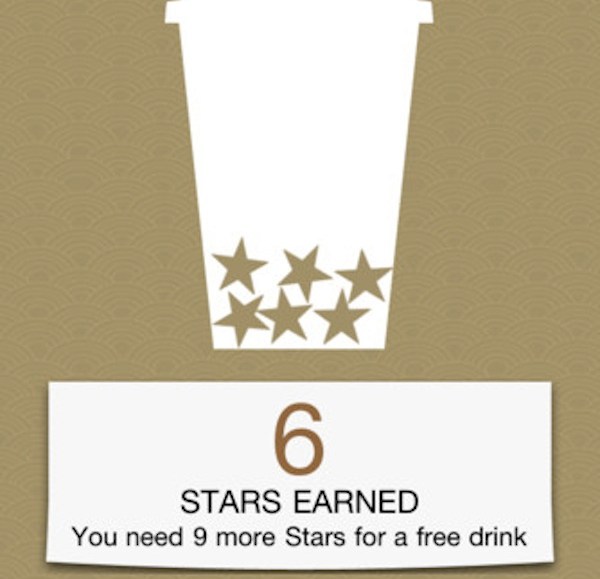Save 50% on a 3-month Digiday+ membership. Ends Dec 12.

Let’s face the facts. Retailers and brands aren’t making boatloads of money through their commerce-enabled mobile apps. Total global mobile app revenues reached $970 million in 2011, according to eMarketer. That’s less than 1 percent of total e-commerce sales for the same year, which clocked in at $680 billion.
But with consumers spending more and more time on mobile devices, the opportunity to grow mobile commerce sales is there. And retailers are finding new ways of converting loyal app users through tactics like in-app notifications, personalization techniques and integrating loyalty programs.
“From an app perspective there are two situations: when you are in the store and when you are not,” said Alex Campbell, chief innovation officer at Vibes, a mobile marketing and technology company. “Personalization is important for both. So telling me what tie goes with this shirt I am looking at in-store will make the purchase as easy as possible. Outside the store the goal becomes to include all the benefits online, like recommendations, comments and suggested items.”
For example, the Bon-Ton Stores app relies heavily on personalization. The Bon-Ton mobile app is able to identify shoes, accessories and pants to complete an order. It proposes relevant products and automatically provides coupons and discounts based on customer preferences, making it more likely for users to convert and it also increases order size. The retail chain claims that it saw a double-digit increase in the number of mobile orders after the personalization was added.
Another way that retailers are getting consumers to spend more, are through in-app push notifications. Starbucks and Subway are good examples. Both brands use push notifications with coupons and offers to keep consumers coming back to their apps. Flash-sale sites like Gilt Groupe also use push notifications to let consumers know when a sale is starting. Social functionality within the app can also drive sales.
“If people are coming back over and over they are more likely to purchase,” said Micah Adler, CEO of Fiksu, a company that helps brands convert consumers in apps. “Social functionality indirectly can drive more sales. The more people know about you the more likely they will download the app and buy from it. Getting your distribution strategy right is important.”
Incorporating a loyalty program into the app — like Starbucks does — is another tactic that retailers are relying on. A consumer that is willing to download your app is most likely already a loyalist, so the goal should be cultivating this individual. Also, think about the value of having the consumer sign in to the app to view their loyalty points. This opens the door to past purchases and behavior that ties back to their login and can certainly help make the experience more personalized. Remember, there are no cookies on mobile.
“Personalization, whether on the homepage or even within the push notification itself is key because it is what consumers have come to expect from their online experience,” Campbell said. “Use their name. Make sure they know you know who they are.”
More in Marketing

Agencies push curation upstream, reclaiming control of the programmatic bidstream
Curation spent much of this year in a fog, loosely defined and inconsistently applied. Agencies say they plan to tighten the screws in 2026.

‘A trader won’t need to leave our platform’: PMG builds its own CTV buying platform
The platform, called Alli Buyer Cloud, sits inside PMG’s broader operating system Alli. It’s currently in alpha testing with three clients.

Why 2026 could be Snap’s biggest year yet – according to one exec
Snap’s senior director of product marketing, Abby Laursen talked to Digiday about its campaign automation plans for 2026.





